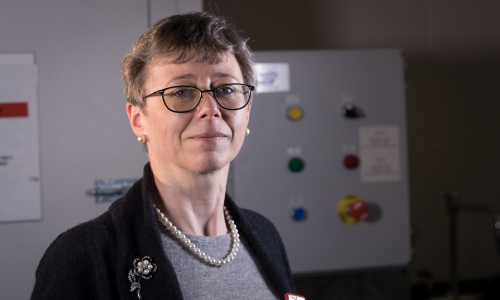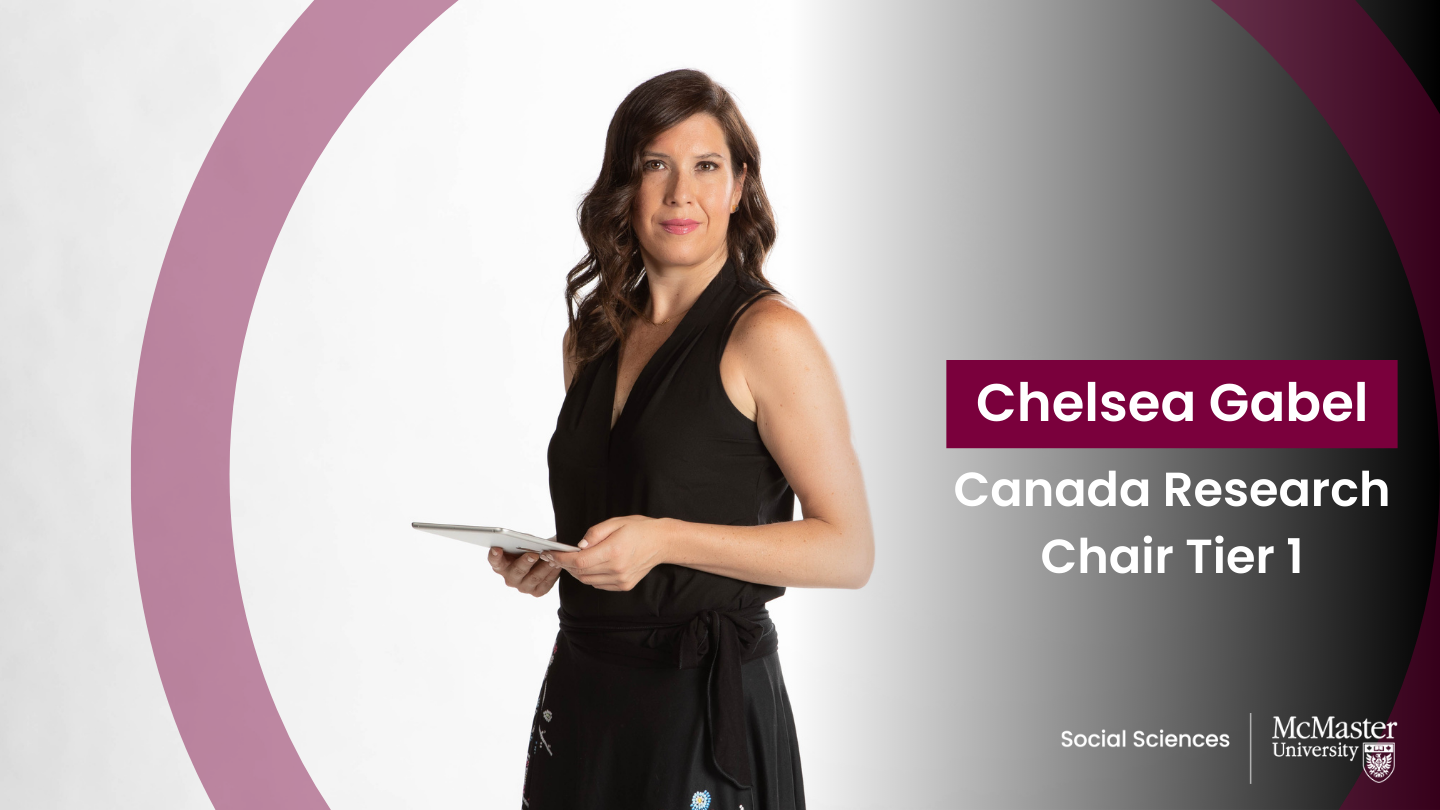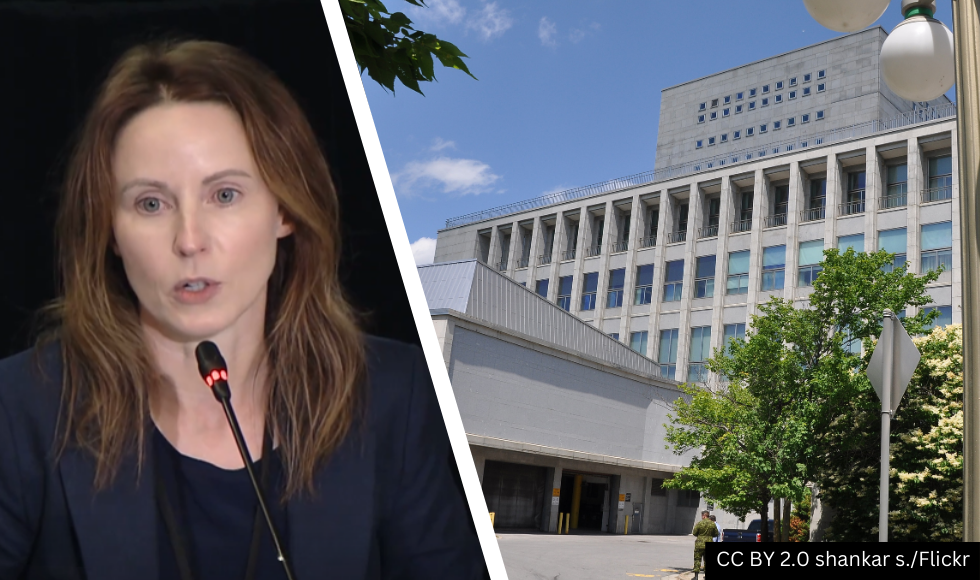Archeological study explores link between hip fractures and early death

In a bioarcheological study that could inform modern-day policy, researchers from McMaster, University of South Carolina and the University of Toronto, found that people in institutions were far more likely to suffer hip fractures, and that those breaks often occurs very close to the time of death.
The study, published last summer in PLoS ONE, shines a light on the enduring issue of patient care and neglect in institutions such as care homes, state hospitals and nursing homes.
“The pandemic laid bare the circumstances in Canadian healthcare, and seniors’ homes,” said Megan Brickley, professor of anthropology and one of the co-authors of the study. “There are real difficulties with understaffing and underfunding.”
Through this study, the team show that these circumstances were remarkably similar to those in institutions in the early-twentieth century, a time when shifts in institutions were developing.
By the late twentieth century, many of those decrepit state hospital and asylum complexes in the United States and Western Europe were shut down. Ultimately, nursing homes, smaller clinics, and assisted living facilities arose care for the elderly and mentally ill. In recent years, these facilities have faced scrutiny, revealing that many are plagued with the same issues as their state-based predecessors.
“We like to think that things have improved, but at a certain level there’s some really serious issues which have a very long history, as we show in this paper, and it’s still going on,” said Brickley.
The study was co-authored by Brickley, along with a team including Madeleine Mant, a former student at McMaster and now assistant professor at the University of Toronto.
Key to the study was the Robert J. Terry Anatomical Skeletal Collection, a collection of 1,728 adults skeletons amassed between 1910 and 1967.
The law in Missouri meant that the relatives of anyone who died in state-funded institutions, including city hospitals, infirmaries, state mental hospitals, and prisons, or were to be buried at public expense, had 36 to 72 hours to claim their loved ones.
This law allowed Terry to begin building the large collection, which was donated to the Smithsonian Museum of Natural History.
Now, those remains are an invaluable resource for bioarcheologists like Brickley and the team, and the tragic fates of those in the collections could hopefully improve conditions for residents in institutions in the current day.
That’s because information obtained from analysis of the collection shines light on the long-standing relationship between structural violence, poor institutional conditions, patient neglect, overcrowding, and fractures.
The main finding of the study was that, out of 600 skeletons analyzed, 218 died in institutions such as St. Louis State Hospital, City Infirmary, and Missouri State Hospital No. 4. Of the institutionalized individuals, 4.3% had evidence of hip fracture, significantly higher than the non-institutionalized (2.3%).
“We were able to compare records on people who are institutionalized at that time period compared to those who weren’t institutionalized,” said Brickley. “We were able to show that there was a statistical difference between the two in terms of the number of fractures they had and whether or not they were likely to die from them.”
Since those that were likely to be institutionalized were more likely to come from lower socio-economic circumstances, the study demonstrates the link between poverty and the risk of suffering injuries and early death in institutions.
Through the paper, the team hopes to show that an anthropological lens can be used to highlight long-standing issues in the way we care for the vulnerable members of society, and drive public policy to entrench the equitable care of institutionalized people as a human right.
“We need to discuss this,” said Brickley, “We owe it to people who can’t advocate for themselves who end up in these situations. You think about a person who had dementia and Parkinson’s. They are in no position to do that.”
“We want the pattern where people who are really disadvantaged and can’t advocate for themselves end up in these horrible circumstances,” she said. “Because it might be us or one of our family members one day.”
Departmental NewsRelated News
News Listing

Associate Professor Chelsea Gabel named Tier 1 Canada Research Chair
Awards, Departmental News
November 14, 2024

Political Science Professor Thomas Marois named Tier 1 Canada Research Chair
Awards, Departmental News
November 14, 2024

Political Science associate professor Andrea Lawlor testifies at Canadian Commission on Foreign Interference
Departmental News
November 12, 2024
